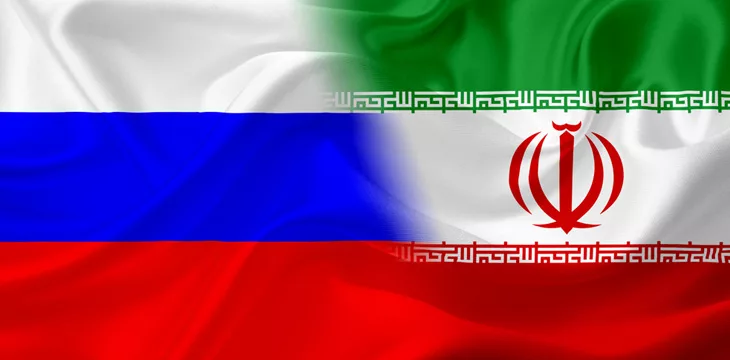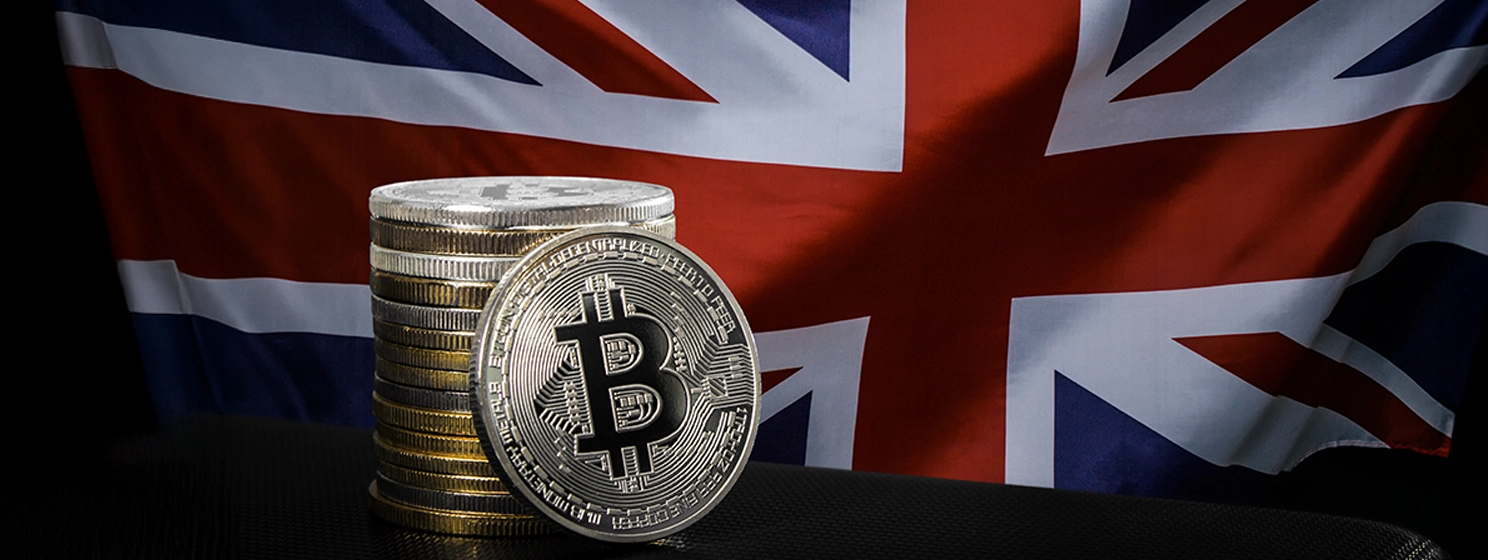|
Getting your Trinity Audio player ready...
|
In 2023, there was a rumor that Iran was working on a gold-backed currency, which it intended to use in settlements with Russia.
Back then, Russian law did not permit settlement in gold-backed tokens. However, Iran’s trade attaché at the embassy in Moscow recently confirmed that the two countries are working on a central bank digital currency (CBDC) as Russia works on a framework for Digital Financial Assets (DFAs). Russia passed legislation last month allowing for the use of DFAs in payments.
As things stand, both countries are locked out of SWIFT for cross-border payments. Since DFAs would require additional infrastructure, such as an international exchange operator capable of connecting Russian information systems with foreign platforms, they are also working on a CBDC.
A CBDC could be live by January 2025 at the earliest as Russian Central Bank bylaws permitting it have yet to kick in. No further details about the proposed CBDC are available.
BRICS is growing, and CBDCs are a key component
BRICS, the financial block originally comprised of Brazil, Russia, India, China, and South Africa, recently added four more members in Iran, Egypt, Ethiopia, and the United Arab Emirates.
The economic block seeks greater economic union and the political relevance and strength it brings. CBDCs and innovative financial technology have been at the forefront of BRICS’ efforts to circumvent and create an alternative to the current global payments system. For example, China played a key role in the development of the CBDC project mBridge, but the involvement of the Bank of International Settlements (BIS) will mean Russia is excluded.
With Brazil’s Pix instant payment system, Russia’s Faster Payments System (FPS), India’s Unified Payments Interface (UPI), and China’s digital yuan, BRICS is at the forefront of financial innovation. A unified system that allowed its central banks to settle outside the current system would be a game changer geopolitically.
An alternative BRICS-led global settlement system?
Not coincidentally, BRICS countries are far ahead of their Western counterparts in developing CBDCs and digital currencies. While the EU is moving ahead with its digital euro, the United States and U.K. are lagging behind. The U.S. hasn’t even yet decided if it will create a CBDC, and there’s lots of political opposition to them in Western nations.
Could BRICS use CBDCs, digital currencies, blockchain technology, and other financial innovations to leapfrog the developed nations and usurp the U.S.-dominated global payments system? It’s unlikely to happen quickly since the U.S. dollar is still the dominant reserve currency, but a viable alternative would certainly be welcome among BRICS members and many others. It would also be a major challenge to U.S. power since sanctions have been a primary weapon for it since 1990.
For now, no such alternative international settlement system exists, but with Russia and Iran developing one, it’s not difficult to imagine other BRICS members using it or connecting in some way in the future.
To learn more about central bank digital currencies and some of the design decisions that need to be considered when creating and launching it, read nChain’s CBDC playbook.
Watch: The state of play and what’s to come with CBDCs

 12-29-2025
12-29-2025 




